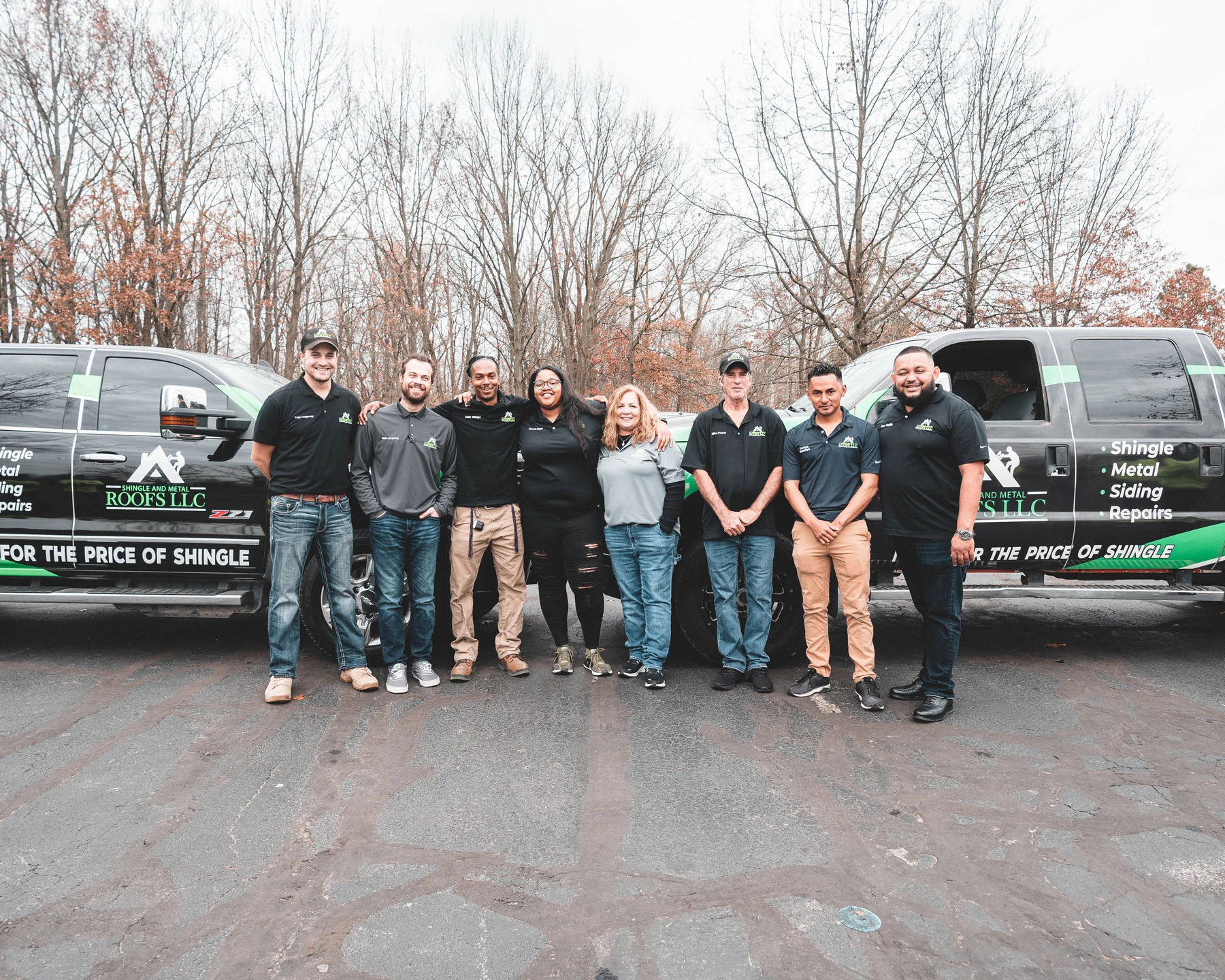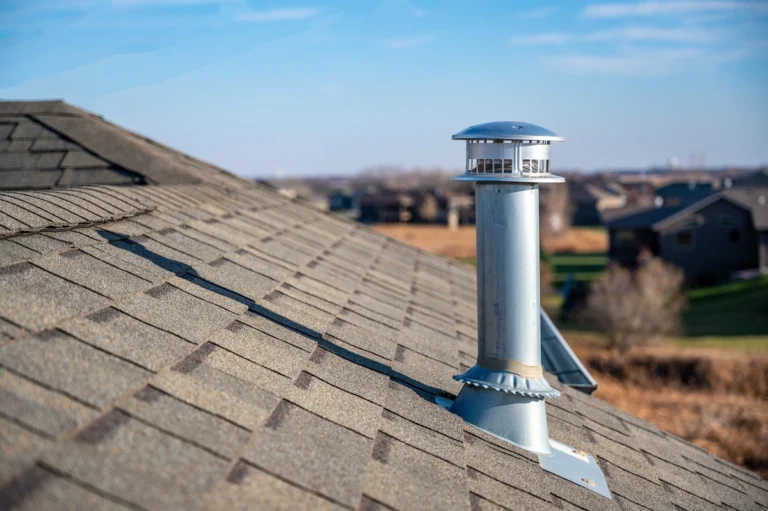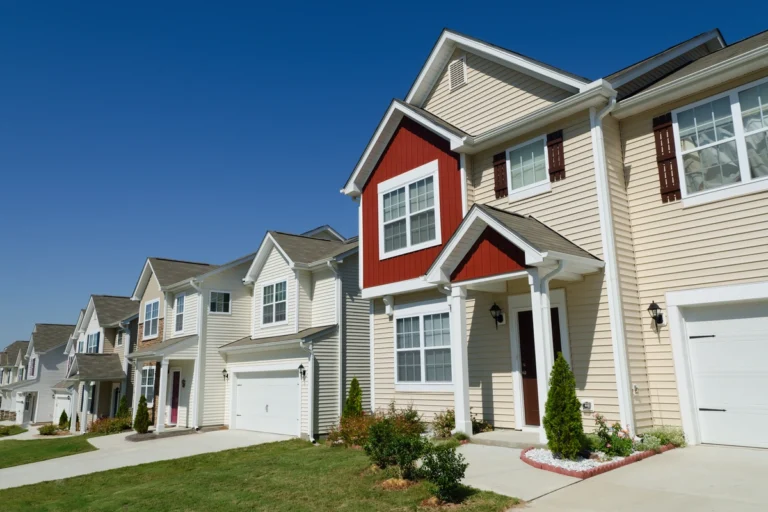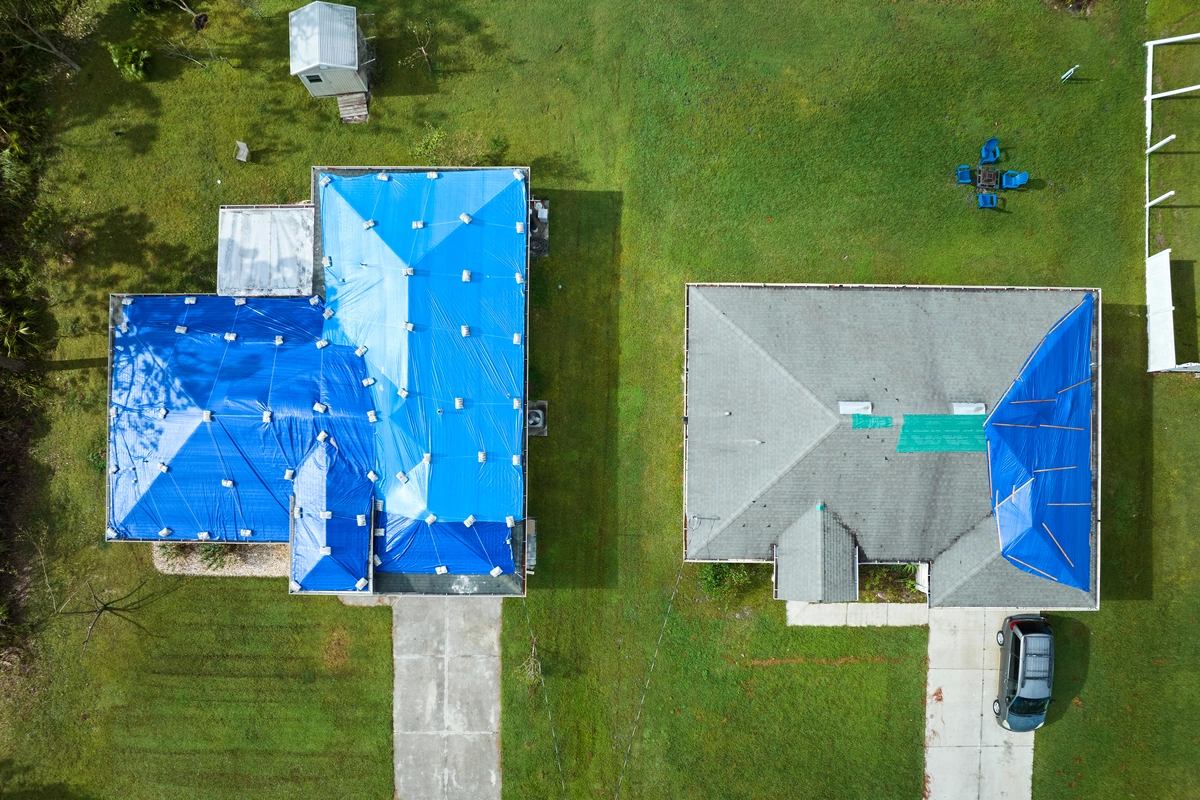
Your home’s roof is your first line of defense against the elements, but sometimes, it can be vulnerable to unexpected damage from severe weather, fallen trees, or accidents. When you find yourself facing a roofing emergency, knowing who to call and what to do can make all the difference.
In this ultimate homeowner’s guide, we’ll walk you through the steps to take during a roofing emergency to minimize damage and keep your family safe.
Here’s what we cover in this article:
- What situations count as a roofing emergency
- 6 steps to a quick, DIY emergency roof repair
- What you shouldn’t do during an emergency roof repair
Ready to learn everything you need to know about emergency roof repair? Start scrollin’!
What Qualifies as a Roofing Emergency? ⚠️

Before we delve into the actions you should take during a roofing emergency, it’s important to understand 5 key situations that qualify as emergencies.
1. Severe Storm Damage
This includes damage from hail, high winds, or heavy rainfall that causes immediate leaks, structural damage, or poses a safety risk.
2. Tree Impact
If a tree or large branch falls onto your roof, it can cause extensive damage and is considered an emergency.
3. Sudden Leaks
Rapid or extensive water leaks inside your home during a storm or after one suggest a problem that requires immediate attention.
4. Fire Damage
If a fire has occurred in your home and damaged your roof, it’s essential to address it promptly.
5. Accidental Damage
Any accidental damage to your roof, such as a vehicle collision, should be treated as an emergency if it affects your roof’s integrity.
6-Step Guide to Handling a Roofing Emergency
1. Ensure Safety First 🧯
Safety should always be your top priority in a roofing emergency:
- Evacuate if Necessary: If there’s a risk of structural collapse, electrical hazards, or fire, evacuate your home immediately.
- Stay Clear of Downed Power Lines: If power lines are involved, maintain a safe distance and call your utility company.
- Turn Off Utilities: If it’s safe to do so, turn off the gas and electricity to your home to reduce the risk of fires or gas leaks.
2. Call a Professional Roofer ☎️
As soon as you ensure your safety, it’s time to call a professional roofer:
- Find a Reputable Roofer: Have the contact information for a reputable roofing company on hand before an emergency occurs. Look for local, licensed, and insured contractors.
- Explain the Situation: When you call, explain the emergency situation clearly and provide any necessary details, such as the extent of damage and the cause.
- Request Immediate Assistance: Ask for an emergency repair visit and stress the urgency of the situation.
3. Temporary Fixes to Minimize Damage 🛠️
While waiting for the roofing professional to arrive, you can take some temporary measures to minimize further damage:
- Tarping: If safe to do so, use tarps to cover damaged areas and prevent water from infiltrating your home. Secure the tarps tightly.
- Contain Leaks: Place buckets or containers under leaks to collect water and prevent it from spreading to other areas.
- Remove Debris: If there are any debris or objects that can be safely removed from the roof, clear them to prevent further damage.
4. Document the Damage 📝
Taking photos and documenting the damage can be essential for insurance claims:
- Photograph the Damage: Take clear photos of the damage from multiple angles. This will help during the claims process.
- Record Details: Make notes of the date, time, and circumstances surrounding the emergency. This information can be valuable when working with your insurance company.
5. Contact Your Insurance Company 📞
Contact your homeowner’s insurance company to report the emergency:
- Provide Information: Share the details of the emergency, the extent of damage, and any documentation you’ve gathered.
- Follow Instructions: Follow the instructions provided by your insurance company for filing a claim and getting the necessary repairs approved.
6. Prevent Further Damage 🧰
In some cases, you can take additional steps to prevent further damage while waiting for repairs:
- Secure Loose Shingles: If you have loose or missing shingles, use roofing cement or nails to secure them temporarily.
- Cover Openings: Cover any openings or holes in your roof with plywood and secure them in place.
What Not to Do in a Roofing Emergency ❌
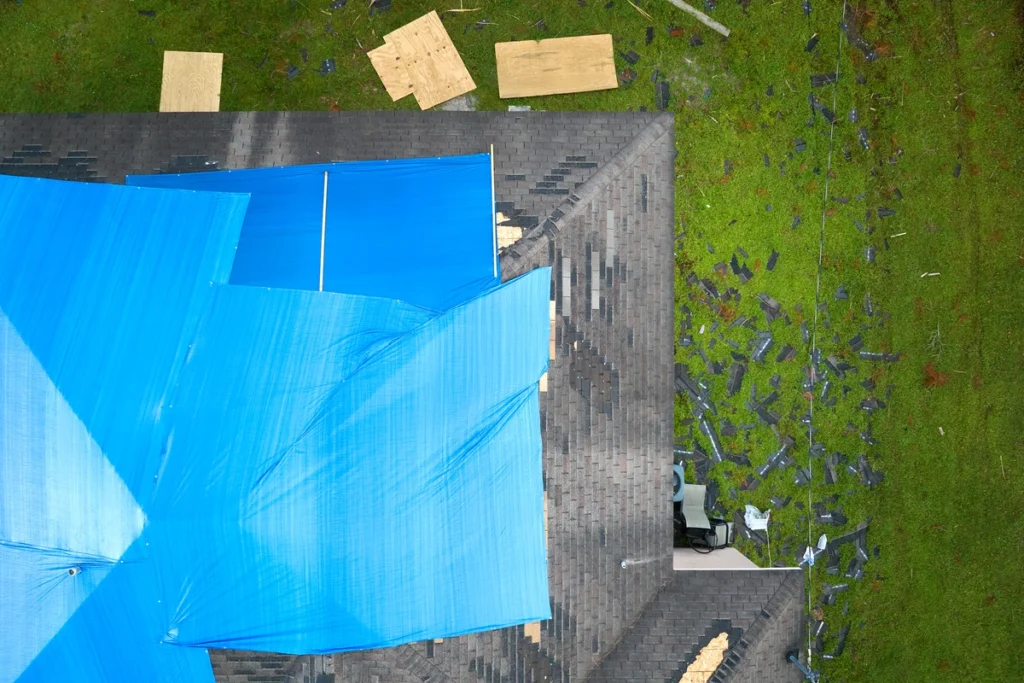
In a roofing emergency, it’s important to avoid certain actions that could worsen the situation. First off, make sure you leave major repairs to the professionals. Attempting them yourself can be dangerous and may void your insurance coverage. Also, don’t ignore leaks as this can lead to extensive water damage and mold growth. Address them promptly.
Lastly, don’t delay calling in a professional roofer for emergency repairs. Waiting too long to call a professional can result in further damage to your home.
Tackle Emergency Roof Repairs Like a Pro
Handling a roofing emergency can be stressful, but knowing the right steps to take can help you protect your home and your family. Remember to prioritize safety, call a professional roofer, and take temporary measures to minimize damage while you wait for repairs. Documenting the damage and working with your insurance company are essential steps in the process.
By acting swiftly and responsibly, you can navigate an emergency roof repair successfully and ensure your home remains a safe and secure haven.
Get in touch with our expert team of roofers at Shingle and Metal Roofs today for quality craftsmanship and lightning-fast turnaround times. We’ll start your next roofing project with a free estimate!

